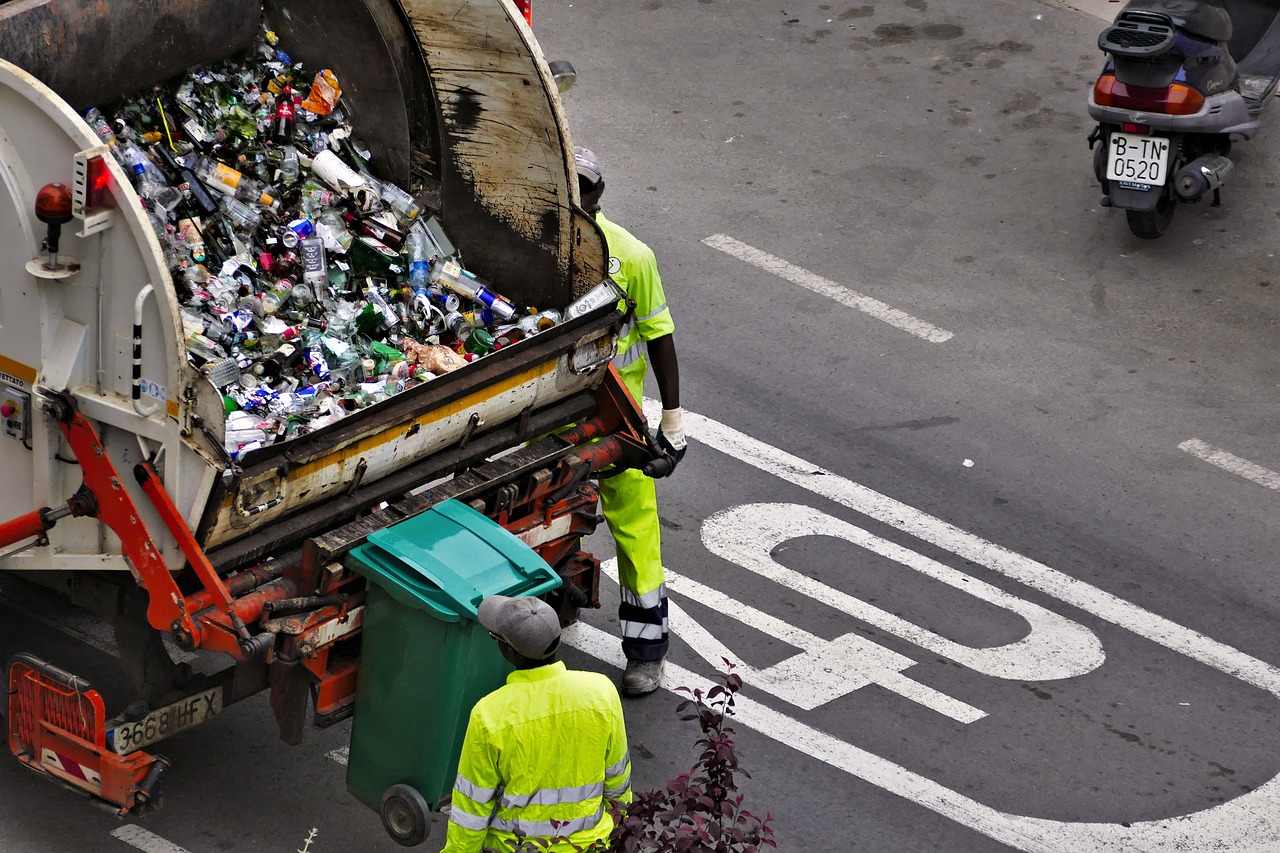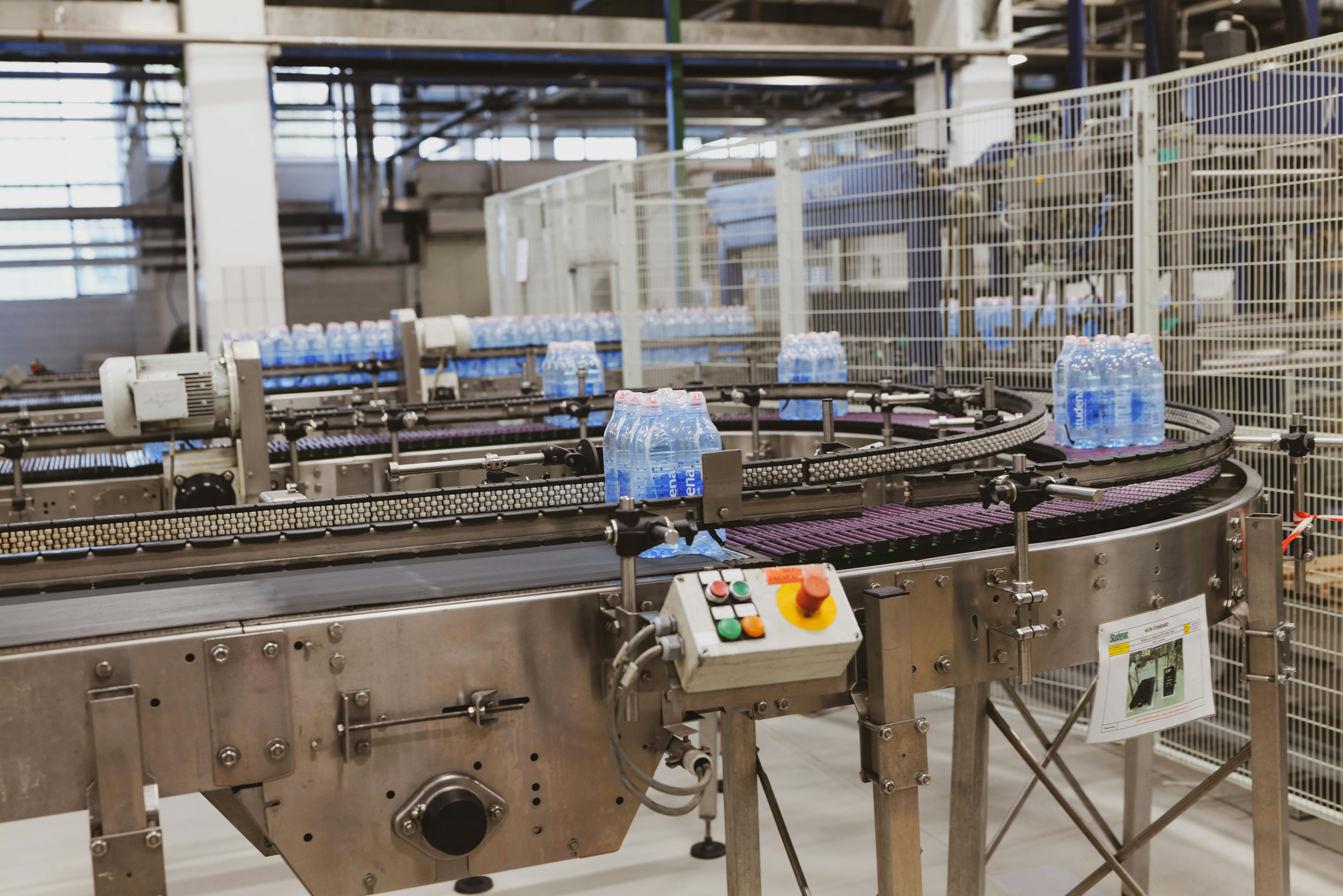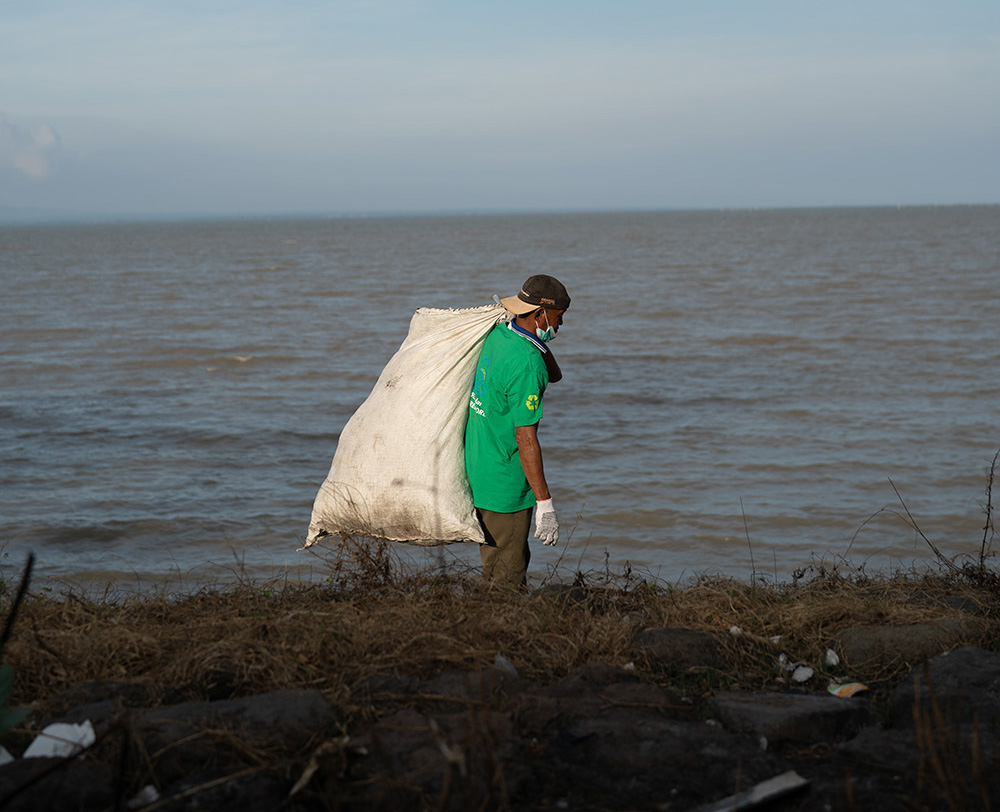A new study from researchers at the Harvard John A. Paulson School of Engineering and Applied Sciences (SEAS) has revealed that the Environmental Protection Agency (EPA) is potentially underestimating methane emissions produced from Municipal solid waste landfills (MSWL), and urban areas in the United States.
The report estimates that the true amount of methane concentrations released from MSW waste at landfills is 51% higher compared to the original EPA estimates. Currently, the EPA estimates that 119.8 million metric tons of methane is released from US landfills into the atmosphere (in 2022) and this doesn’t cover the rest of the world.
When it comes to climate change, methane emissions from landfills are perhaps an underappreciated contributor. One of the main contributors of methane emissions in a landfill is from organic waste, however, a fact that is less well known is that other materials such as plastic can also release the greenhouse gases methane and ethylene when discarded into landfills when the material is exposed to sunlight.
As the EPA highlights, methane is 28 times more effective than CO2 at trapping heat in the atmosphere over 100 years. So while much of the climate change focus has been on CO2 emissions, and is a very important task to tackle, methane emissions, whilst not completely ignored are less well known about.
The good news is that there are some ways that landfill methane can be dealt with, and we will explore the scale of the problem in more detail along with its solutions in this overview.
Methane Emission’s Impact on Climate Change
When climate change is discussed often carbon dioxide emissions are the main type of gas emissions that are highlighted and discussed. While CO2 is the biggest contributor to greenhouse gases other types of gas also play a big role. It is estimated (by the EPA) that methane is the second biggest contributor to climate change and makes up around 16% of all greenhouse gases. Clearly, much less than carbon dioxide’s contribution but significant all the same.
Out of all the methane released into the atmosphere, approximately 14.4% of the methane gasses released come from landfills. One important factor about methane is that when compared to CO2, methane is 28 times more efficient at trapping heat in the atmosphere (EPA data). As a gas the methane released has a much bigger impact on climate change when like-for-like amounts (when compared to C02) are released into the atmosphere.
Methane is a significant contributor to climate change due to its potent greenhouse gas (GHG) properties. One key difference between CO2 and methane is that methane traps heat on a more short-term basis meaning that the impact on climate change is more immediate, whereas CO2 heats the atmosphere over a longer period. While we need to tackle both of these greenhouse gasses, addressing methane caused by waste in landfills will help combat overall increases in the near term.
Plastic’s Role in Methane Landfill Release
The majority of methane released from landfills comes from food waste and organic material, but this type of waste isn’t the only source of methane. Another huge contributor is the plastic that is dumped in landfills. While many people actively fill their recycling bins with plastic waste each week, it might therefore be assumed that the majority of plastic materials that are discarded are recycled. Unfortunately, the truth is very far from the reality. So, while organic compounds are problematic and pose their own issues and problems so does plastic waste when it comes to landfill gas (LFG) releases.
As mentioned in National Geographic, 91% of plastic isn’t recycled and out of that, 79% is deposited in landfills. What plastic isn’t recycled ends up in the environment and our oceans, which also contributes to methane pollution as the material decomposes.
Plastic releases methane and other toxic gasses and chemicals when it is exposed to UV sunlight over time. The result of this is that the plastic that ends up in a dump (or in the ocean), can be a long-term source of methane emissions since it can take so long (decades to hundreds of years) for the plastic to decompose.
Exactly how much plastic are we talking about? In 2022 we produced 400 million metric tons of plastic. Our desire for plastic isn’t waning, each year plastic production increases its output. Coupled with the very low percentage of plastic each year that is recycled, this poses a significant problem across several areas, from methane, global warming, public health, toxicity, and pollution.
Discrepancies in Current Estimation Methods
While it is clear that methane is a great concern, there are discrepancies as to exactly how much methane is being released from landfills. It is of no surprise that there is potential for significant underreporting. In the United States effort is made to capture significant data but it is still incomplete, but much further afield, in developing countries, recording, and reporting of methane emissions may not even exist.
It’s acknowledged there are discrepancies between what is being reported by landfill operators and the readings and measurements taken from the atmosphere by regulators. This was highlighted in the study by researchers we mentioned at the beginning of this article.
Recording methane emissions from landfills is challenging, and whilst hard numbers are important, there is no debate that methane needs to be dealt with.
It is believed that over half of landfills in the US are classed as methane super emitters. A super emitter is classified as something that releases more than 100 kilograms of the greenhouse gas each hour.
This raises the question as to what can be done about the methane problem. The good news is that there are many ways this can be tackled and addressed through technology and policy change.
In addition to this, monitoring technology is improving in landfills and around the earth as science embraces the problem. For example, Carbon Mapper, uses data from NASA’s EMIT mission, along with airborne and future satellite instruments, to survey waste sites.
Methane Capture Technologies
One area of focus is methane capture technology development and implementation. Legislation (such as in Washington state) in the US means that waste management organizations are starting to adopt methane capture technology to make use of the composting garbage that otherwise would be wasted.
Take for example the Orange County landfill, which NPR reports powers 15,000 homes and businesses with methane produced from the waste at the landfill.
How does methane landfill capture work? LFG is captured at a landfill in wells and piping systems beneath the landfill that capture the gas as materials decompose. It is then processed and turned into usable biogas.
While this sounds simple, the landfill gas collection and gas production processes are complex and fraught with problems. It is also not something that is widely adopted yet so there is a long way to go with this technology. However, gas collection systems can contribute to the mitigation of climate change.
Emission Reduction Policies
One of the driving factors for methane capture technology is emission reduction policies that are being introduced. For example, in America, the US-Methane-Emissions-Reduction-Action-Plan is being rolled out and this aims to tackle methane release from several different sources including landfills. This is coupled with state-level initiatives such as California’s plan to go net zero by 2030.
Wider afield and at the international level, the Global Methane Pledge has been signed by 150 counties to reduce methane gas emissions by 30%, again by 2030. Ultimately, tackling landfills will likely play a part in any country’s plan to tackle methane reduction.
The latest research on the amount of methane emissions from landfills being released has highlighted their substantial impact on climate change and their contribution to greenhouse gas emissions, underscoring the need for effective management of this gas in the waste sector.
As we move forward, the potential for significant improvement lies in the continuous development and application of these technologies, alongside the strengthening of global and national policies. Embracing this challenge with proactive strategies and solutions will be paramount in the achievement of long-term climate goals.
How The Plastic Collective Helps
In the face of the plastic pollution crisis, addressing major contributors to climate change such as plastic waste is important.
The Plastic Collective works with people and groups around the world to reuse discarded plastic waste which in turn supports their local communities.
The Plastic Collective also works with businesses to reduce their plastic footprint and move towards becoming plastic-neutral. The service we offer provides organizations with all the tools and resources they need to mitigate their plastic footprint.
If you’re a business that is looking to become a plastic-neutral company, then the Plastic Collective can help. Contact us today to learn more about our plastic-neutral scheme.







